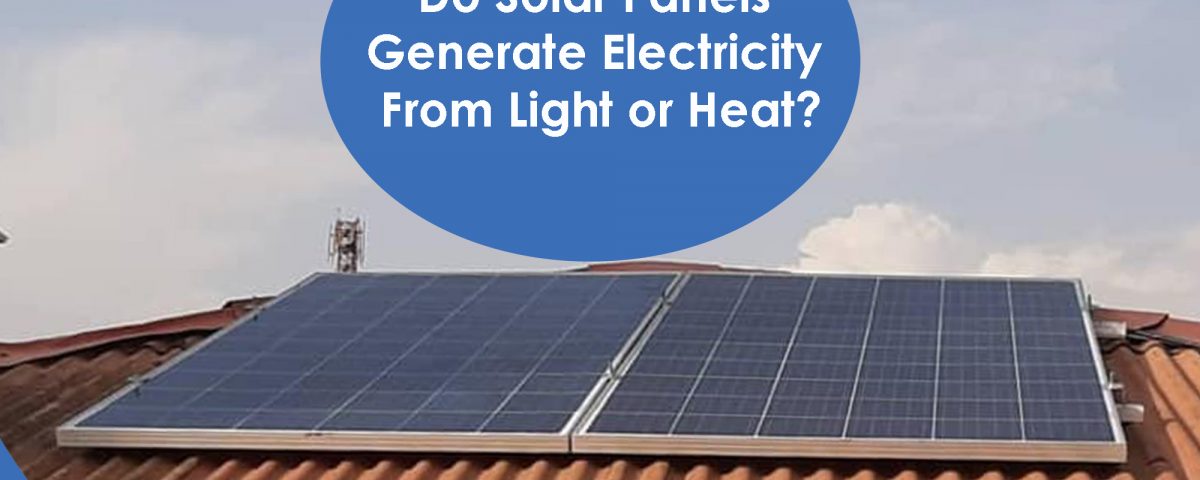Do Solar Panels Generate Electricity From Light or Heat?

Togo, Niger, Benin owe Nigeria N30 Billion for Electricity
2020-03-17
Lagos begins test running of solar-powered traffic lights.
2020-03-24One of the questions we often get asked is will Solar work during the cooler seasons .The answer isn’t obvious and the confusion around this comes from that fact that there are varying forms of Solar Power. For example, solar thermal technology captures heat energy and produces electricity. However, this is primarily used in the industrial and commercial sectors.
The most widely used form of solar power for small to medium sized homes and business is produced via photovoltaic (PV) solar panels which generate electricity from light. This makes solar power a practical solution that can be used in most environments. Evidence of this is the fact that the top 10 countries by solar capacity include Germany, the United Kingdom and France.
Moreover, the equipment in a Solar Home System actually works more efficiently in cooler climates. Batteries generally have a shorter life span in hot climates as the heat results in capacity loss which accumulates as the battery is used (cycled). And even solar panels have an ideal temperature for effective performance which is 25 degrees Celsius and lose efficiency above this temperature. This means that solar power equipment can work all year round and in different climates provided high quality rugged equipment is installed.
So how does a solar home system work on cloudy days? On less sunny days the solar panels generate power from the visible light spectrum which is the segment of the electromagnetic spectrum that the human eye can generally view – although not always. Even when clouds appear to block out the visible light, they don’t mask the whole spectrum. That’s why you can still experience sunburn on a cloudy day. It is worth noting that whilst solar panels harness light power during overcast days, the rate at which they do is much less. Therefore, homeowners and business owners will need to reduce their power consumption and concentrate on powering their most basic needs e.g. lights and fans
Other Factors that affect energy production
The angle of the sun has an impact on how much light your solar panels can harness. Every property is unique as it faces the sun differently and gets maximum exposure at different times of the da . Therefore, a solar engineer will need to assess the position of the sun in relation to the roof and place the panels for best exposure to light. Energy production can also be hindered by shading from trees or accumulation of dust during the Hammertan period.
Using light energy from the sun to power your home and business has many benefits including reduction in spend on fuel, low maintenance, noiseless, clean and constant energy. To find out more CLICK HERE




